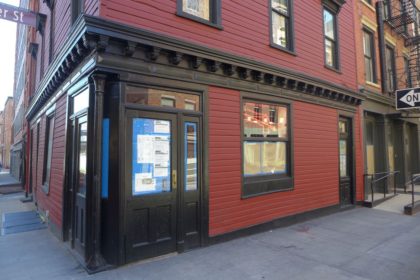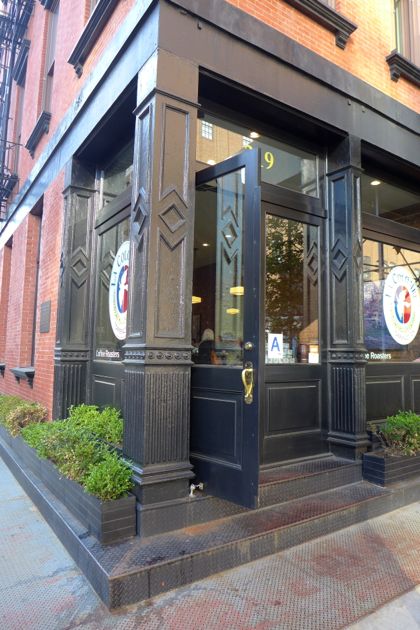Categories
Left column house ads
In the News: One last shot for the Bridge Cafe?
February 28, 2020 Crime, History, Restaurant/Bar News
LAST CALL AT THE BRIDGE CAFE?
The Journal has a story about the Bridge Cafe (on Water and Dover) and its owner Adam Weprin’s last attempt to resuscitate his parent’s business, which was decimated by Sandy eight years ago and is still closed despite massive investment: “The property, which dates to 1794, has been owned by Mr. Weprin’s family for more than 40 years. Its landmarked building, on a now-quiet street in the shadow of the Brooklyn Bridge, has been home at times to a gritty saloon for river pirates, a gambling den and a brothel, and was the site of at least two 19th-century murders. But for Mr. Weprin, that isn’t the roughest part of its history. What’s most difficult, he said, is more personal: seeing the restaurant he managed for more than 12 years—and a bar that had been one of the city’s oldest continually running taverns—sit empty.”
ICYMI ON THE WEINSTEIN TIMELINE
In case you missed this, and since Tribeca is mentioned throughout, and since he lives here, here’s the timeline from The Times on the Weinstein case and trial.
THE UNDERGROUND RAILROAD AT 36 LISPENARD
CBS News has a story on the history of 36 Lispenard (at Church), which was once owned by abolitionist activist David Ruggles, a free black born in Connecticut. Ruggles used his home as a stop on the underground railroad and helped fugitive slaves reach free states — including Frederick Douglass. He was a printer here during the 1830s, and was considered the prototype for black activist journalists of his time. (Ruggles’ building is no longer on the site, but there is a plaque on the building there now, which houses La Colombe.)
2 Comments
Comment:
Subscribe
Subscribe to the TC Newsletter
















36 Lispenard was also the home of the incredibly innovative and influential African American painter Jack Whitten.
https://daytoninmanhattan.blogspot.com/2019/08/william-widmayers-1875-no-319-church.html